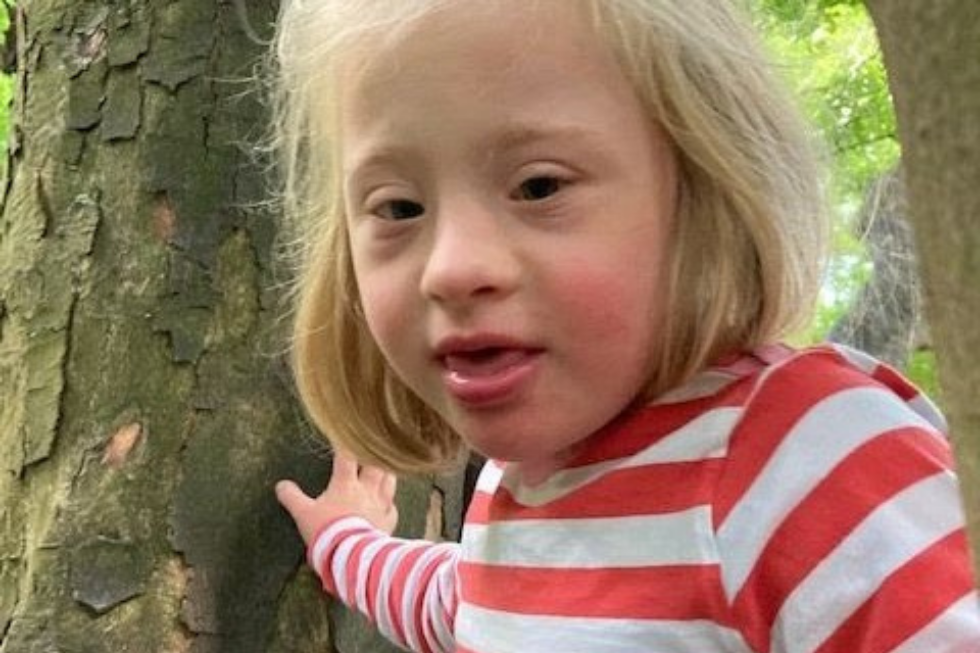The artful and art full school
Clare Campbell says it’s time to recognise the role of art as therapy in schools.
As the headteacher of a mainstream primary school in the United Kingdom, my professional concern for the last 20 years has been the mental health and wellbeing of the children in my care.
As the British Government’s Department of Health puts it: “Children and young people’s mental health really matters, not only for the individual and their family, but for society as a whole.”
Recent statistics from the UK charity Young Minds show that one in eight children and young people aged 5-16 suffer from a diagnosable mental health disorder, that is around three children in every mainstream class. More than half of all adults with mental health problems were diagnosed in childhood and less than half of them report that they were treated appropriately at the time.
In the UK, nearly 80,000 children and young people suffer from severe depression with over 8,000 of these children being under the age of 10 years old.

Alarmed by these statistics and wanting to change things for the better for the most vulnerable groups of primary school children, my approach has been to explore art therapy as a way of supporting children’s mental health and well-being. Art therapy is a form of psychotherapy involving the encouragement of free self-expression through painting, drawing, or modelling and is used as a therapeutic intervention.
As Edith Kramer writes, “It is the ‘art’ that is art therapy’s special contribution – art is inherently therapeutic.”
The current political approach in the UK is changing so as to shift the responsibility for supporting pupils’ mental health and wellbeing onto schools and educational professionals. This is particularly pertinent after the UK lockdown and partial closure of schools from March 2020, though they have now re-started again.
According to BAAT (The British Association of Art Therapists), “art therapy is a form of psychotherapy that uses art media as its primary mode of expression and communication. Within this context, art is not used as a diagnostic tool, but as a medium to address emotional issues which may be confusing and distressing.”
Or put more briefly, art is a healing act.
The major neural pathways are formed during the first three years of life and research suggests that the early years are the most effective time to offer therapeutic intervention.
When used with very young children art therapy can prevent the effects of early childhood trauma developing into anti-social behaviour or emotional difficulties in later life.
For young children art-making is a way to communicate without using words.
In art therapy a triangulation between the child, the therapist and the art work occurs. The artwork created is one of the outcomes, but it is the process that is most important in the therapeutic experience. Art therapy is process not product oriented and there is greater emphasis on the act of making or creating rather than the verbal analysis of it.

This is how Bruce L. Moon explains it in his book Existential art therapy:
“Art therapy gives children a method to articulate without language, because a picture can say more than words. There are even some pictures that cannot be described in words. Some of the most significant things in our lives defy verbal description.”
Creativity is rooted in all art processes. Creativity builds confidence through risk taking and dealing with difficulties and setbacks. Creativity allows for flexibility in critical thinking, it motivates children to achieve, it increases concentration and helps develop talent. Art-making can improve mood, self-regulation, sensory integration, and calm the body and mind.
As Harriet Wadeson puts it, “the art-making process can be meditative or cathartic, soothing or playful. It can be an absorbing time out of time that transports the art-maker out of everyday life into the realm of the creative process, and in the end provides a satisfying product.”
Art therapy can meet a child’s emotional needs and have a great impact on their learning potential and achievement. Children’s feelings are expressed and contained in art therapy sessions in a safe non-threatening way, which can provide enormous relief.
For some children, says the London-based art therapist Tessa Dalley, “the classroom situation sets up the worst areas of conflict and they end up behaving badly because of the attention that they crave and have to compete for. The knowledge that at some time in the week they will have an attentive adult to themselves, in itself, gives a sense of security for that particular child as there is no competition for that time or space.”
Another therapist, Joy Schaverien, found that some people who are introduced to art in therapy sessions discover considerable natural talent and continue to pursue it actively as a hobby. A discovery of this nature can be beneficial and therapeutic. It can strengthen self-confidence and improve self-esteem when a painting or art object becomes the focus of praise and enthusiasm. For children in schools, art activity also offers the opportunity to learn a new skill, helping their coordination, concentration, awareness of immediate surroundings, sense of achievement, satisfaction, self-improvement and self-control.
I have seen pupils who have access to school based art therapy experience the following:
- More positive self-esteem, increased self-image and belief in a positive future
- Engagement in positive social interactions with peers
- A greater ability to recognise and regulate emotions and conduct
- An increased understanding of themselves and their emotions
- Improved socialisation with peers, engagement in lessons and improvement in attendance
- Increased resilience
- Feelings of security to enable them to form positive relationships with significant adults at home and in school
- Reduction in verbally and physically aggressive behaviour.
The most positive impact of a supportive therapeutic relationship that I have seen is on a child’s self-esteem.
Children who have accessed art therapy in school sometimes foster a positive professional relationship with the art therapist over time. They have enjoyed the art making supported by the therapist, they have mastered skills, and in the art therapy studio there is a feeling that there can be no ‘wrong answers’. I have seen children value the process and take great pride in their finished artwork, which they have shared with their family and friends.
As the therapists Peggy Dunn Snow and Georgette D’Amelio explain, “the ultimate goal of art therapy is not for the child to produce art or exemplify talent, but to create self-worth, utilize other means of communication, and to foster self-reliance.”

We set up an art therapy studio as a safe environment for children to re-visit and process their traumatic memories.
It is fundamental for children to process trauma, however they must firstly revisit it in an environment that is sensitive to their needs, where they can view the trauma at a safe imaginary distance and this is what the art therapy allowed to occur.
Young children in the early years of education, may not be able to express themselves verbally or make sense of damaging experiences that have occurred pre-verbally. The research shows that they are more likely to engage in painting, drawing and play than to talk about their problems. In our school, art therapy provision offers the children a safe place to express themselves on a non-verbal level.
The American art therapist Judith A. Rubin argues that “art enables children to look with open eyes, to encounter the world without fear, to acquire a perceptual vocabulary that helps them organise their experiences. In art, children learn concepts related to things like change (as in colour mixing) or stability (as in construction), that relate not only to the arts, but also to dealing with life. Art helps children to think divergently, to explore alternative solutions to problems, to take risks, to fail and to cope in a flexible way.”
Above all, the relationship between the therapist and the child is the therapeutic agent for change. Art therapy can be integrated into mainstream schools as a provision for the most vulnerable children. It can reach places that other interventions cannot. Creativity has an important place in our schools and should be encouraged and celebrated.
Let’s give the final word to Harriet Wadeson, a pioneer in the field of art therapy. In her book Art Psychotherapy, she wrote: “The creation made is deeply personal, often putting one more profoundly in touch with oneself. It is here that understanding is achieved and integration is probably the result of the interface of the personal and the universal. Finally, there is the pleasure. I as a creator can look at my creation and admire it, and realise that I am looking at myself.”
OK Rehab specialises in addiction treatment. This treatment is available via both inpatient and outpatient treatment providers. They also work with clinics that are able to facilitate treatment taking place in your own home, who are able to provide professional intervention and home detoxification. Click here to find our more.
Like what you’ve read? Consider supporting the work of Adamah by making a donation and help us keep exploring life’s big (and not so big) issues!

